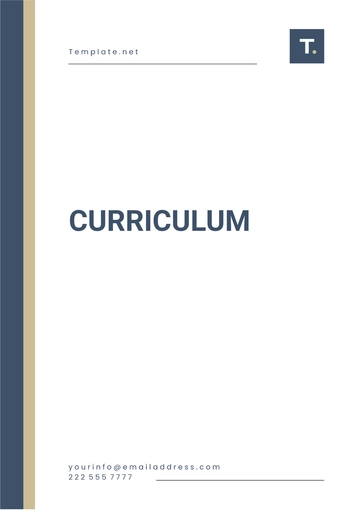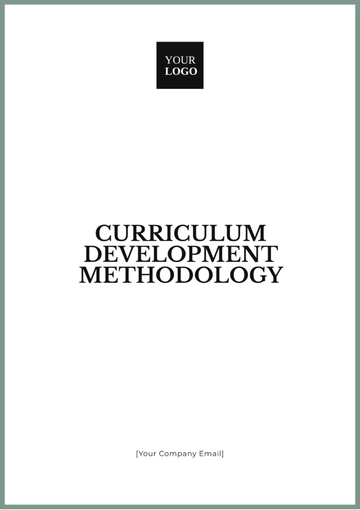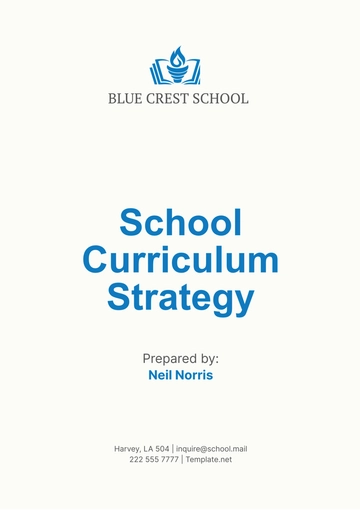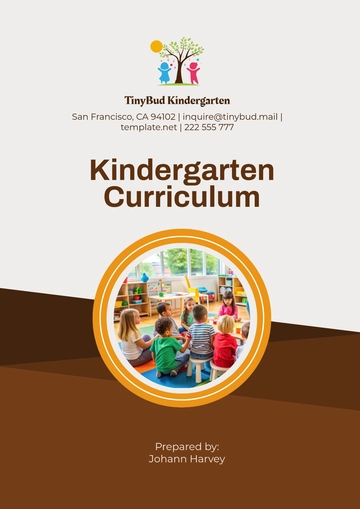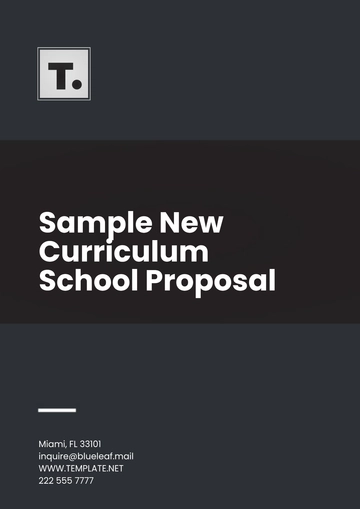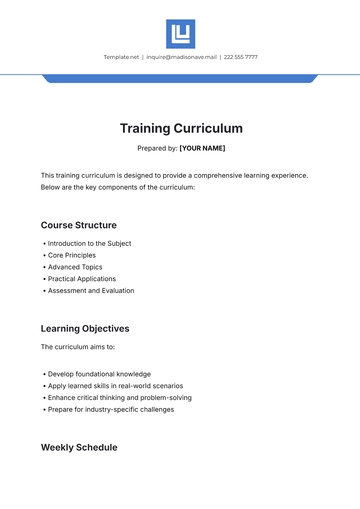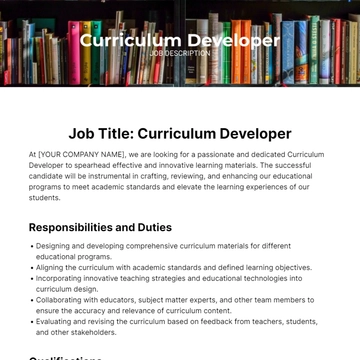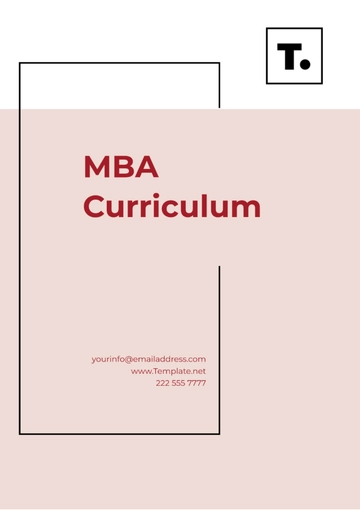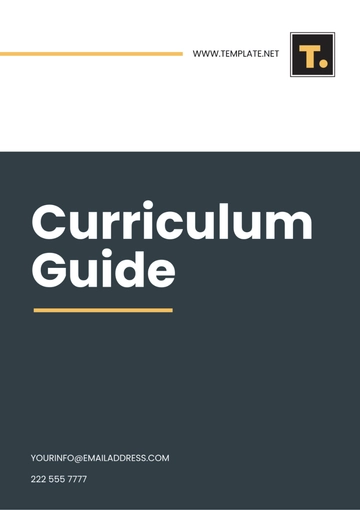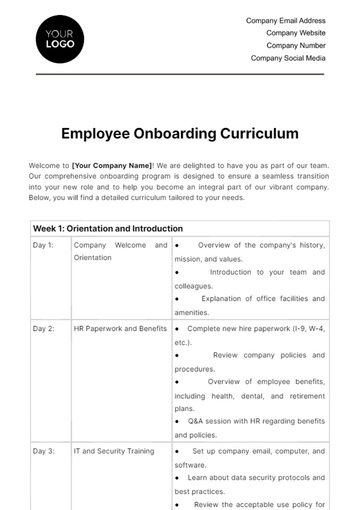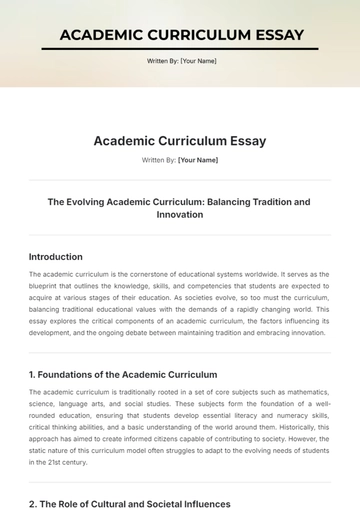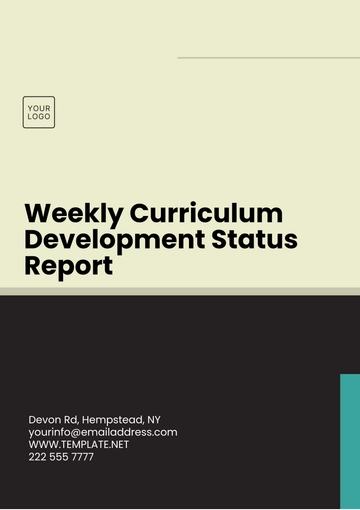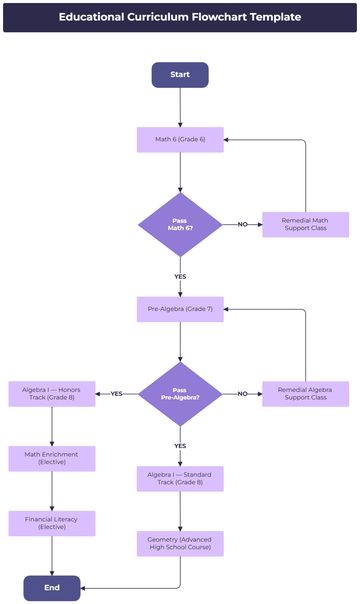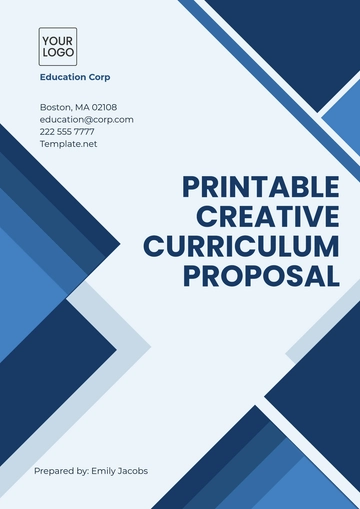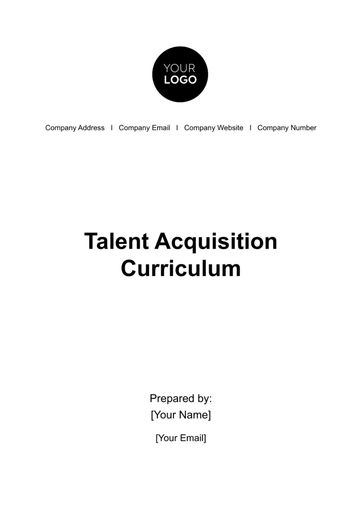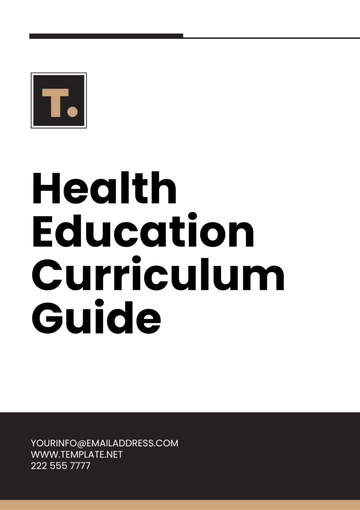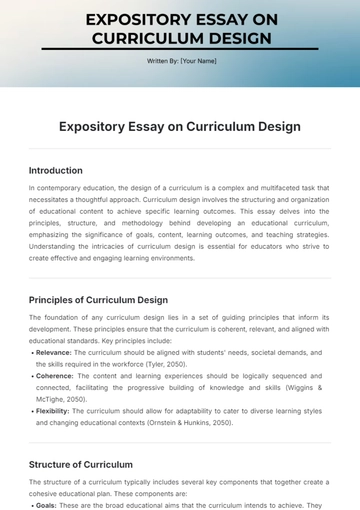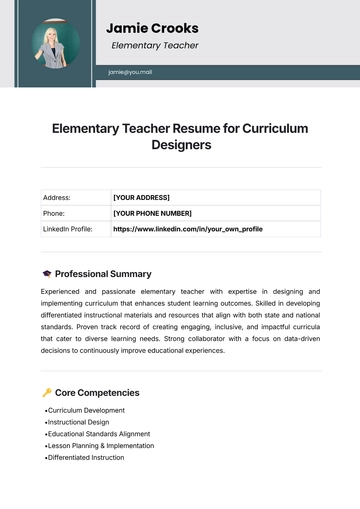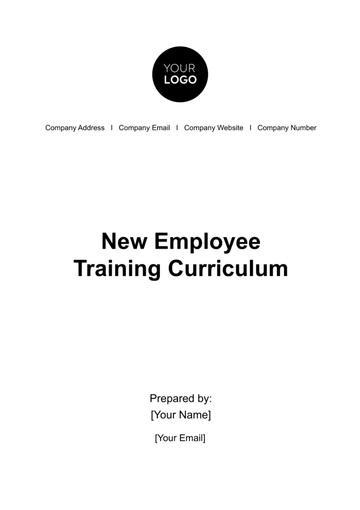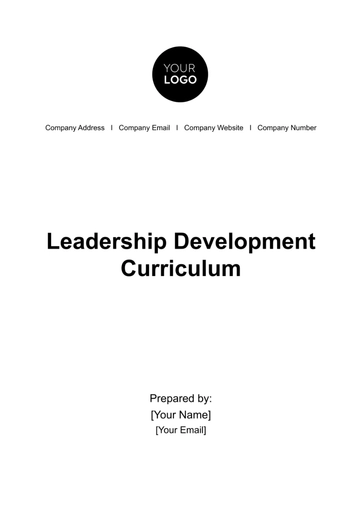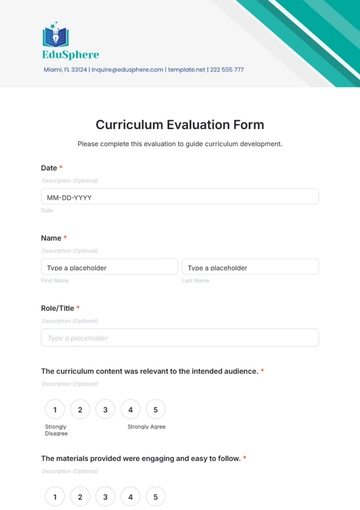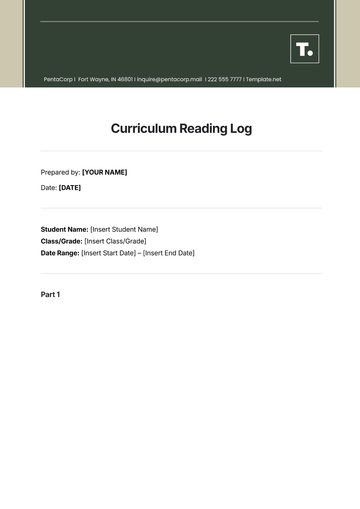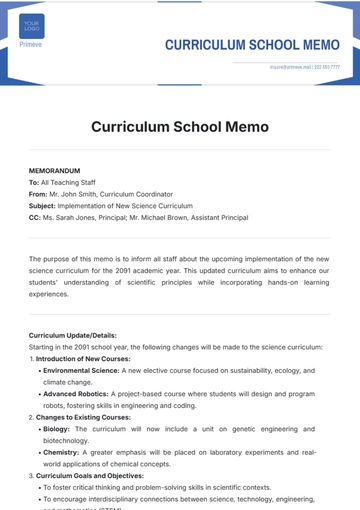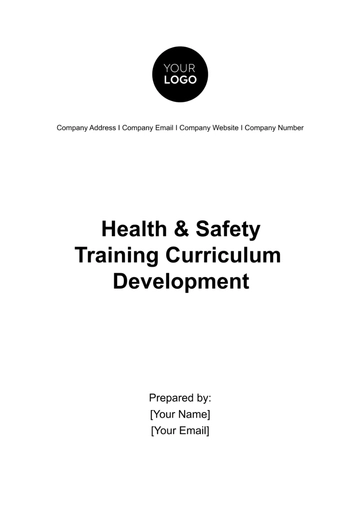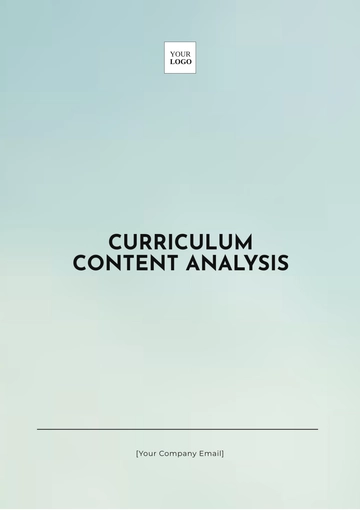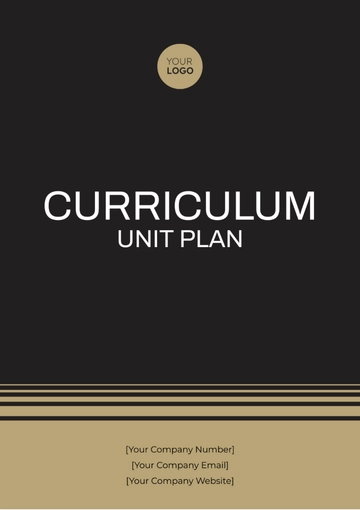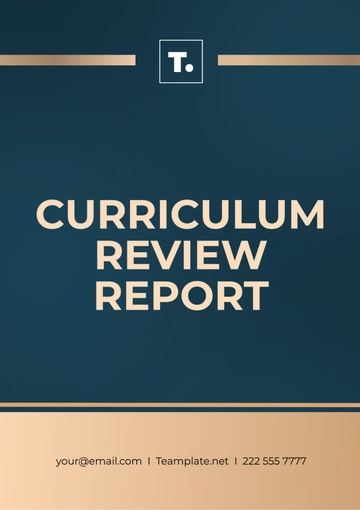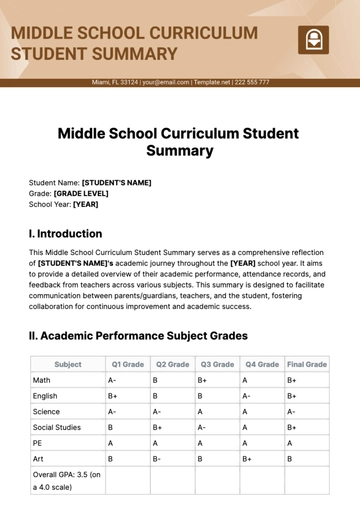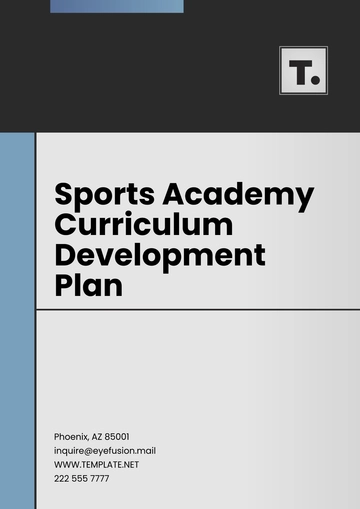Curriculum Development Methodology
Prepared By: [YOUR NAME]
Date: [DATE]
I. Introduction
This Curriculum Development Methodology provides a detailed and structured approach to creating dynamic and effective curricula. It is designed to address the diverse educational needs of learners, align with institutional goals, and offer a systematic process for designing, implementing, evaluating, and continuously improving educational programs. This methodology spans all phases of curriculum development, from initial needs assessment to ongoing refinement based on feedback.
II. Needs Analysis
A. Identifying Learner Needs
The first step in curriculum development is to conduct a thorough needs analysis. This involves gathering data to understand the specific needs of learners. Methods of identifying learner needs include:
Stakeholder Interviews: Conduct interviews with key stakeholders, including teachers, administrators, and industry professionals, to gather diverse perspectives.
B. Educational Goals
Based on the data collected, clearly defined educational goals should be set. These goals will guide the design and delivery of the curriculum. Educational goals may include:
Skill Development Objectives: Establish objectives for skill acquisition, including cognitive, practical, and interpersonal skills.
III. Curriculum Design
A. Content Development
Syllabus Creation: Develop a comprehensive syllabus that outlines the curriculum's structure, detailing the order of topics, the extent of the material, and the specific content to be covered during the course.
B. Structure
C. Instructional Strategies
Diverse Teaching Methods: Employ a range of instructional strategies, including lectures, interactive discussions, and project-based learning, to cater to different learning styles.
IV. Implementation Plan
A. Delivery Methods
Online Learning: Create, design, and implement comprehensive online learning modules that offer flexibility in terms of accessibility and scheduling, thereby expanding the reach to a wider and more diverse audience.
B. Management Procedures
Scheduling and Timetabling: Develop a detailed schedule and timetable for course delivery, including class times, assessments, and key milestones.
Resource Management: Allocate and manage resources effectively to support curriculum delivery, including materials, technology, and staffing.
V. Assessment and Evaluation
A. Learner Assessment
B. Curriculum Evaluation
VI. Feedback and Revision
A. Gathering Feedback
Feedback Collection: Use surveys, questionnaires, and focus groups to gather comprehensive feedback from students, teachers, and other stakeholders.
B. Making Adjustments
Content Updates: Revise the curriculum based on feedback from students, teachers, and experts, and update it to reflect the latest educational trends.
VII. Resources and Materials
A. Identifying Resources
B. Preparing Materials
Lesson Plans: Create comprehensive and meticulously detailed lesson plans, along with thorough instructional guides, that aim to facilitate and enhance effective teaching practices and foster an enriching and productive learning environment.
Assessment Tools: Develop and create a variety of assessment tools and detailed rubrics to measure and evaluate student performance and the learning outcomes they achieve.
Methodology Template @ Template.net

